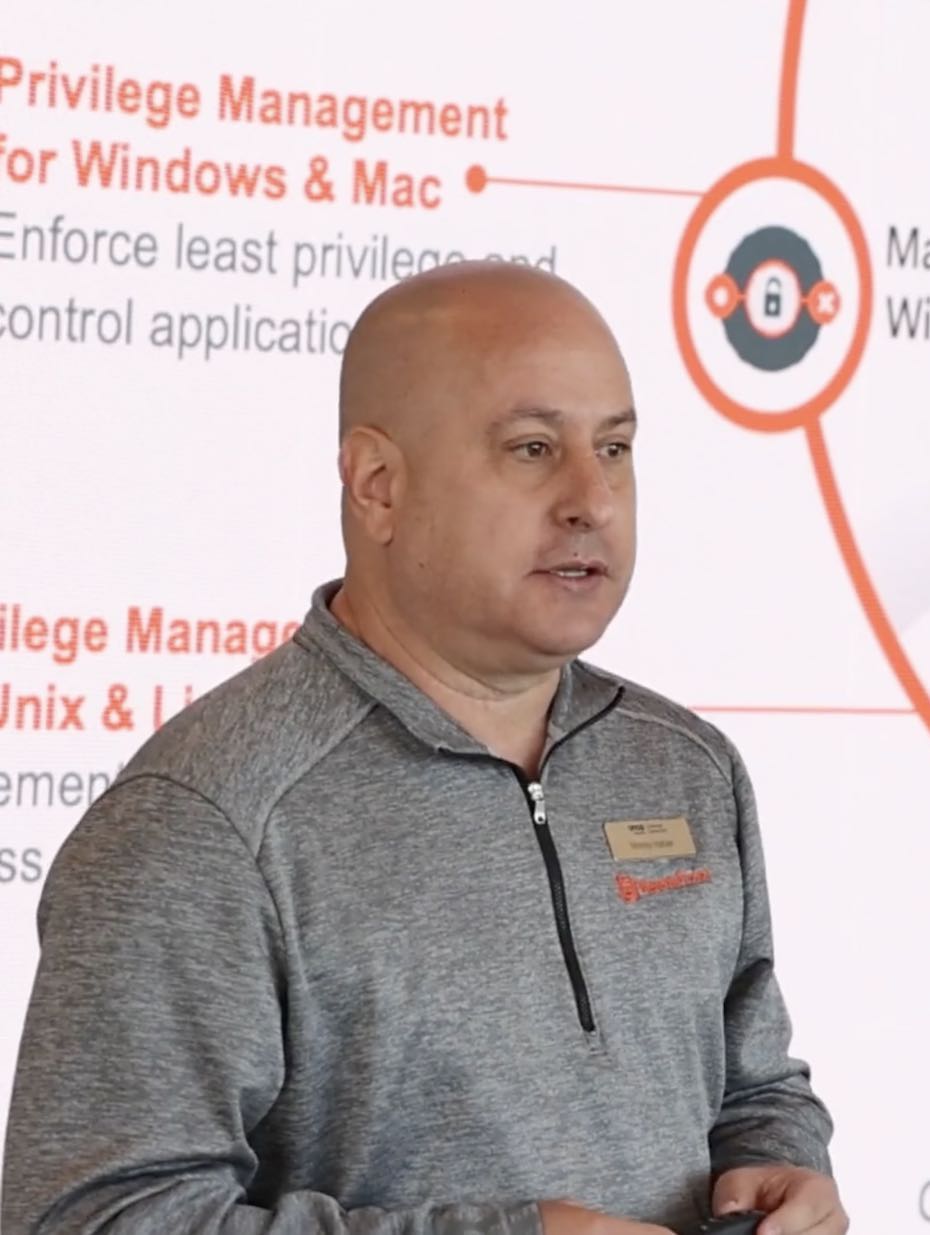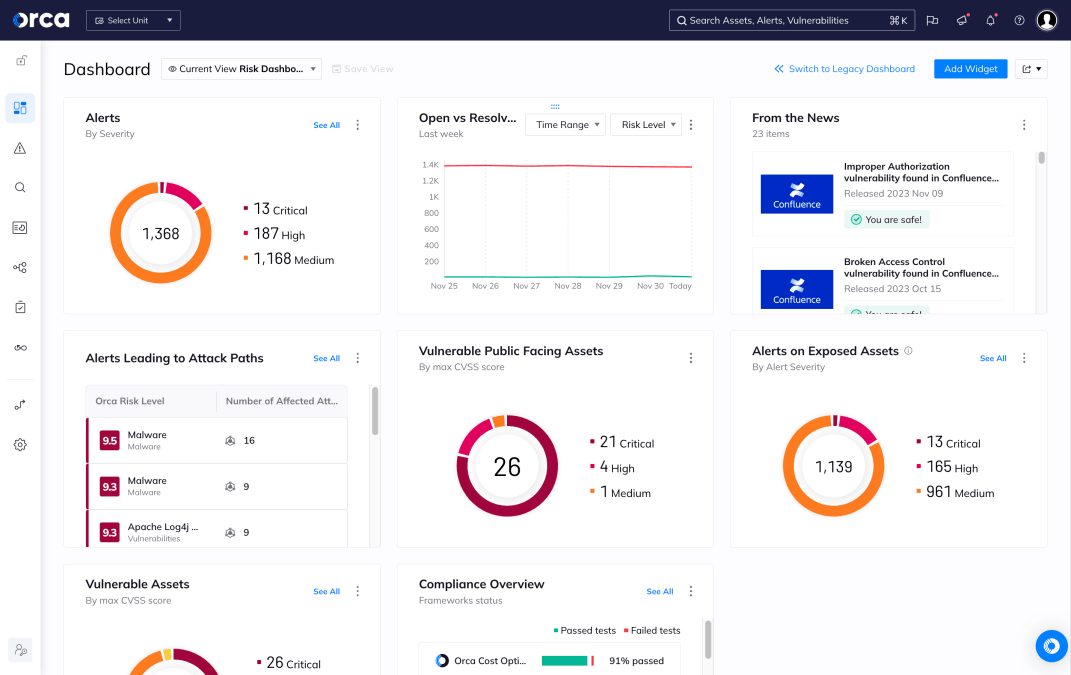Solutions in Action
Organizations Around the World Are Using Orca to Adapt to Anything
Orca gives us visibility into our production environment. And it has compliance rules and detections that help us determine if anything is misconfigured or not in place.”
Thomas Hill
CISO, Live Oak Bank
Additional Case Studies






